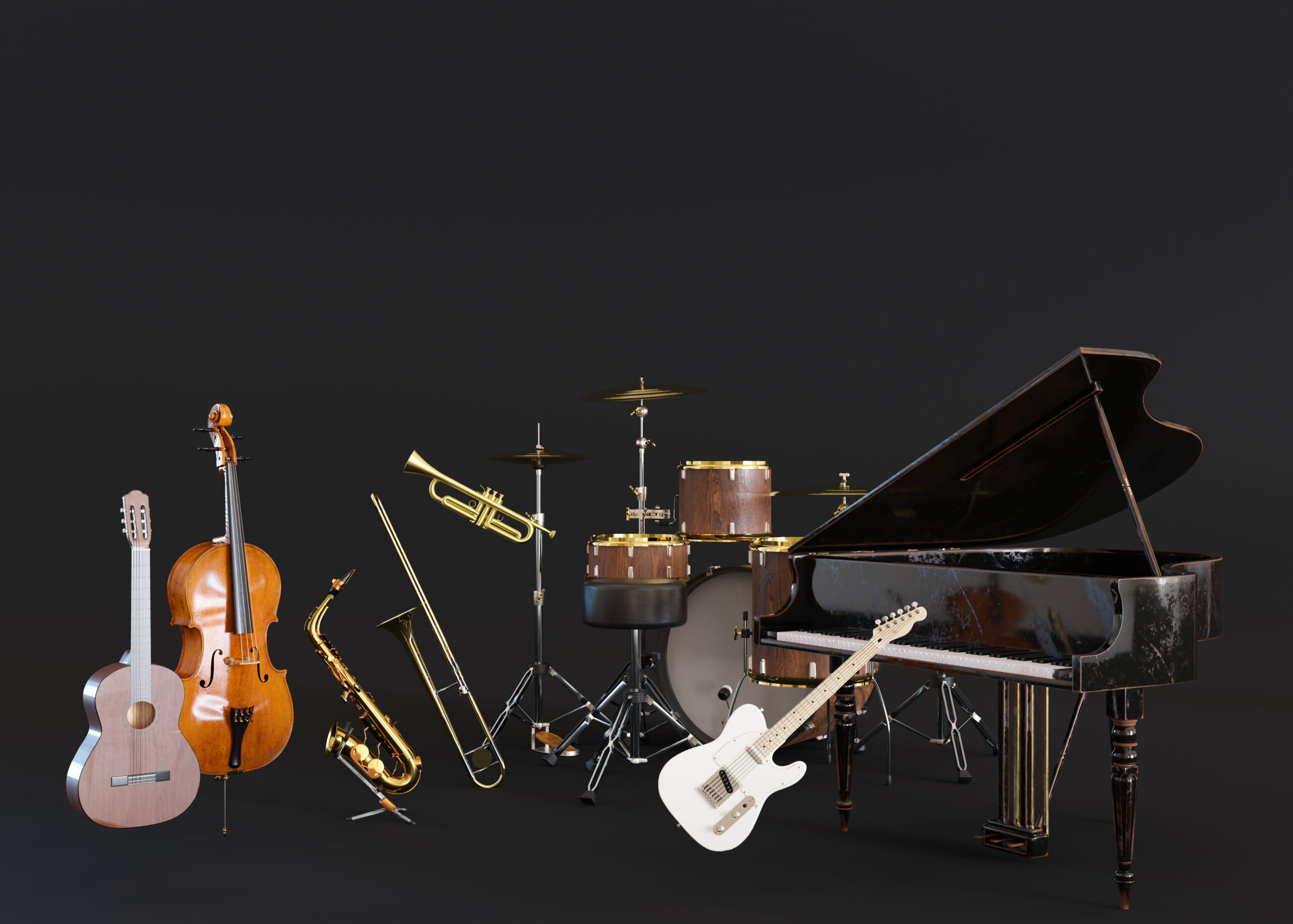Music is the soul’s universal language, echoing across time, culture, and civilization. From the primal beats of ancient drums to the crystal-clear digital symphonies of today, the journey of music is a fascinating reflection of human expression and innovation.
1. The Birth of Sound and Rhythm
The earliest forms of music were born not in studios or concert halls, but in nature. Primitive humans imitated birdsong, rustling leaves, and thunder to communicate and celebrate. Archaeological findings show ancient flutes made from bones, suggesting that humans have been crafting melodies for over 40,000 years. Music began as a ritual—used in worship, storytelling, and healing.
2. Classical and Cultural Flourishing
As civilizations flourished, so did music. Ancient Greece, India, Egypt, and China developed complex musical systems. Indian classical music, with its intricate ragas and talas, has roots stretching back thousands of years. Meanwhile, Western classical music saw a golden age with composers like Bach, Mozart, and Beethoven, who shaped harmony, form, and orchestration.
In every region, music became deeply entwined with culture—used in dance, theatre, and festivals. It became a means to preserve history, pass down traditions, and build identity.
3. The Renaissance to Modern Age
The invention of musical notation in medieval Europe allowed music to be recorded and shared. The Renaissance and Baroque periods introduced polyphony and instruments like the violin and harpsichord. As societies changed, music evolved to mirror them—ushering in romanticism, nationalism, and experimentation.
The Industrial Revolution introduced new instruments and distribution methods. With the phonograph and radio, music left the concert hall and entered everyday homes.
4. The Birth of Popular and Global Music
The 20th century exploded with musical diversity. Jazz, blues, and gospel emerged from African American communities and influenced rock, pop, and hip-hop. In parallel, Indian film music blended classical, folk, and Western styles to create a unique industry of its own.
Technological advances like vinyl records, cassettes, CDs, and eventually MP3s and streaming services revolutionized how music was made, shared, and experienced globally.
5. Digital Age and Beyond
Today, anyone with a smartphone can compose, record, and publish music. Platforms like YouTube, Spotify, and SoundCloud have democratized music. AI-generated music, virtual concerts, and immersive audio experiences are redefining what music is and how we interact with it.
Despite these changes, the essence of music remains unchanged—it connects hearts, expresses emotion, and tells stories without words.
Conclusion: A Timeless Companion
The journey of music is far from over. As long as humans feel, dream, and create, music will continue to evolve. It is both timeless and timely, ancient and futuristic. From lullabies to anthems, from folk songs to digital beats—music will always be the heartbeat of humanity.



